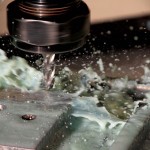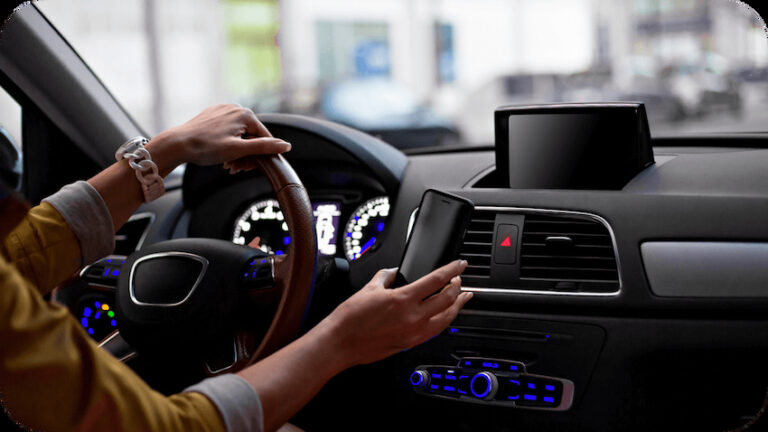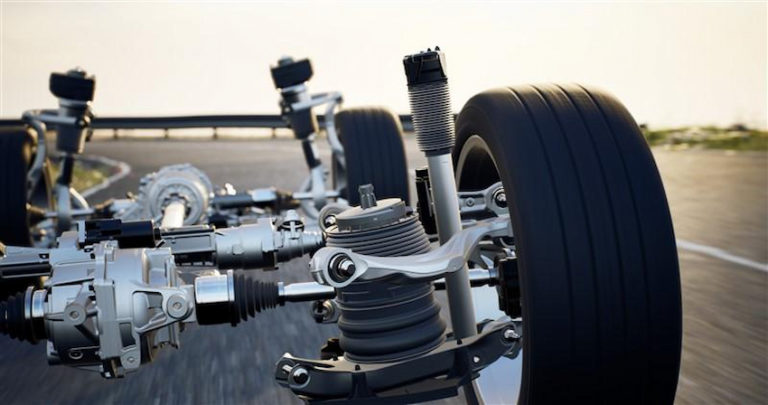There is a common misconception about throttle controllers that runs rampant on the internet and that they give you extra horsepower for free. While it’s true that they do offer a boost of sorts, they definitively do not give more horsepower to a car. However, that doesn’t mean that they don’t offer a sizeable benefit to your vehicle, because they do, and that comes in the form of changing how your Engine Control Unit (ECU) reads the accelerator pedal’s input and the speed at which the throttle input is added to the engine. There are several pros and cons when it comes to using throttle controllers, but there are also quite a few things you should know about them, too.
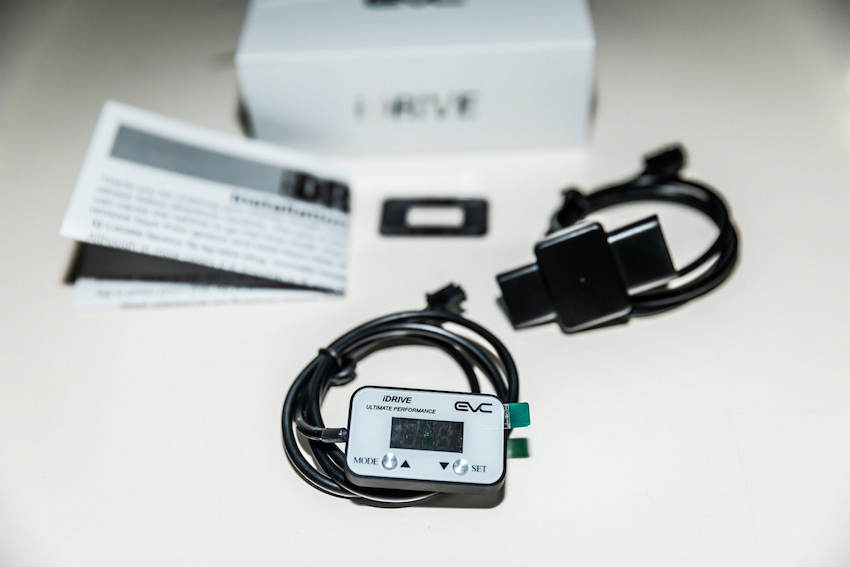
What Exactly is a Throttle Controller
Before you start understanding how throttle controllers work, you first need to understand the principle behind the ECU receiving the signal from the accelerator pedal itself. The current technology behind it, which is the modern fly-by-wire accelerator control sends out a signal voltage to the Engine Control Unit. The more you press the pedal, the more voltage is sent to the ECU, which is read as more throttle. There is also a ramp-up signal, which means that the pedal won’t send a 100% throttle signal immediately. It sends it over a few seconds, meaning there is a slight lag between pressing the pedal down and the opening of the throttle. Also, due to how the ECU works in general, not every throttle controller works on every car. For example, for a Mazda RX8, you would need a Mazda RX8 throttle controller, or one that is specifically fine-tuned for that model.
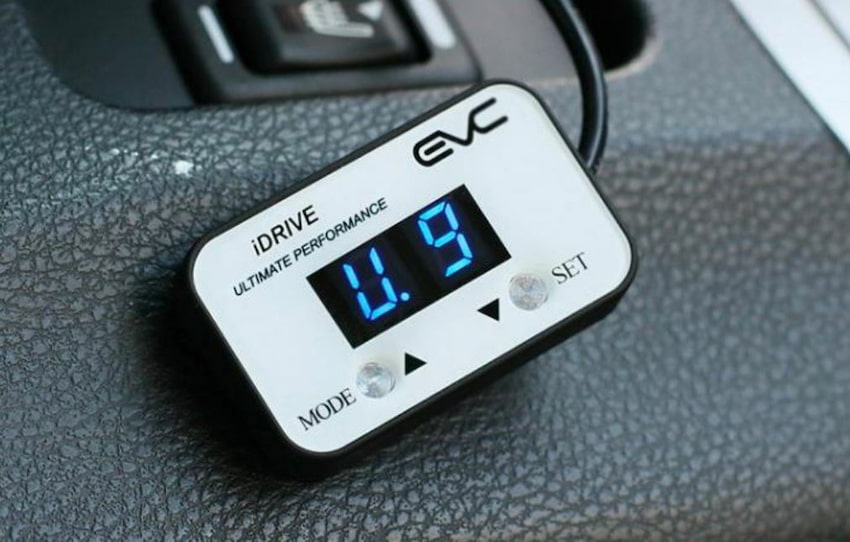
The Difference Throttle Controllers Make
The first and initial difference you’ll feel after you’ll install a throttle controller is that the car’s acceleration happening almost instantly, but also more aggressively. Depending on which controller and car, you might feel your pedal’s input range shorten. Just to clarify, there is no physical shortening or quickening, as the signal itself is still sent at the same speed, which is the speed of light. But rather, the ramping up effect is significantly quickened, which dramatically highlights a feeling of power. In general, throttle controllers will give a 30% signal to the Engine Control Unit straight away, which in turn will make your ride’s acceleration feel much quicker. It also depends on the setting of the controller, but almost all throttle controllers can be customised depending on your preference.
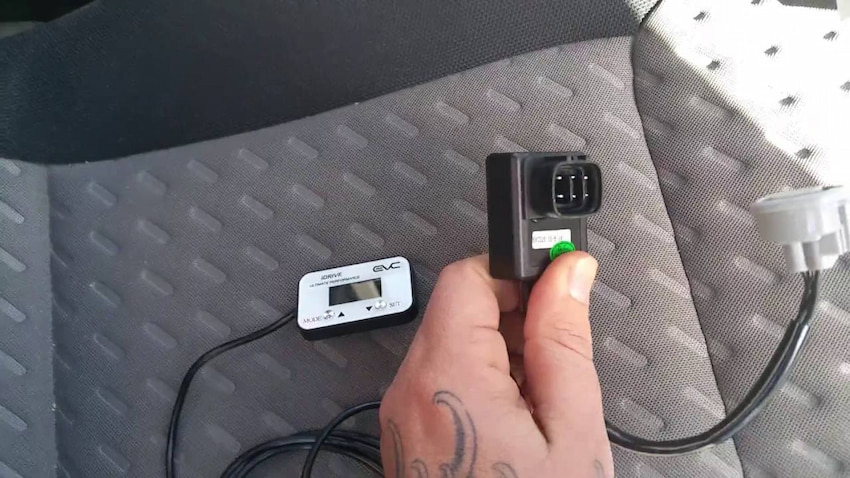
Advantages
Arguably, the biggest advantage of throttle controllers is in situations where you’re carrying an extra load and need that bit of extra push. In that case, you’ll get moving significantly faster, which is why it’s usually incorrectly assumed that throttle controllers give you free horsepower. As mentioned previously, most controllers have customisation options, and one of them is the economy setting, which dials the controller down. That makes it incredibly useful if you’re driving on bumpy or uneven roads because the input won’t be aggressive and you won’t be jumping or bunny-hopping around. In the economy setting, driving also feels significantly better on soft terrain because it eliminates the chance of spinning the wheels in place, and thus, sinking in.
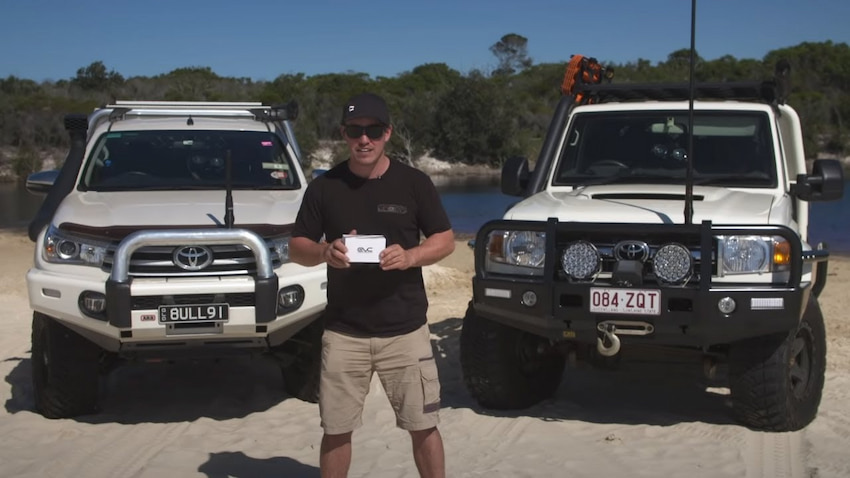
Disadvantages
As with any piece of technology, throttle controllers have their disadvantages, too. Potentially the biggest disadvantage is that you won’t have any accelerator pedal travel at the top end. That means if you’ve set your controller on maximum, once you’ve pressed your pedal to 50%, there is no discernible difference after that. Anything above that makes no difference at all. On top of that, finding a place to mount the control box for easy access can be inconvenient. If you want to not only have it handy, but also clearly see the display, you might have to drill some holes into your dash, or possibly finding some workarounds. Of course, this isn’t the case with most cars, but it’s still something that could potentially happen. Some controller modules come with Bluetooth and can be operated via a smart device, but that isn’t the best way to operate a controller due to all safety risks associated with using a phone when driving.
Throttle Body Controllers
This unique piece of technology allows it to function as a replacement of sorts for the car’s built-in throttle actuator, which is a piece that controls fuel output in order to maintain the most ideal speeds for the engine. Throttle body controllers do this by sensing just how far you press on the accelerator after which control your vehicle’s throttle position. This way, your acceleration will be a lot more responsive, as well as significantly smoother, and you’ll have a better linear response to the throttle input. All of this is done to ensure the combustion chamber receives the most optimal rate of fuel, which in turn creates not only better performance, but also improves engine efficacy.
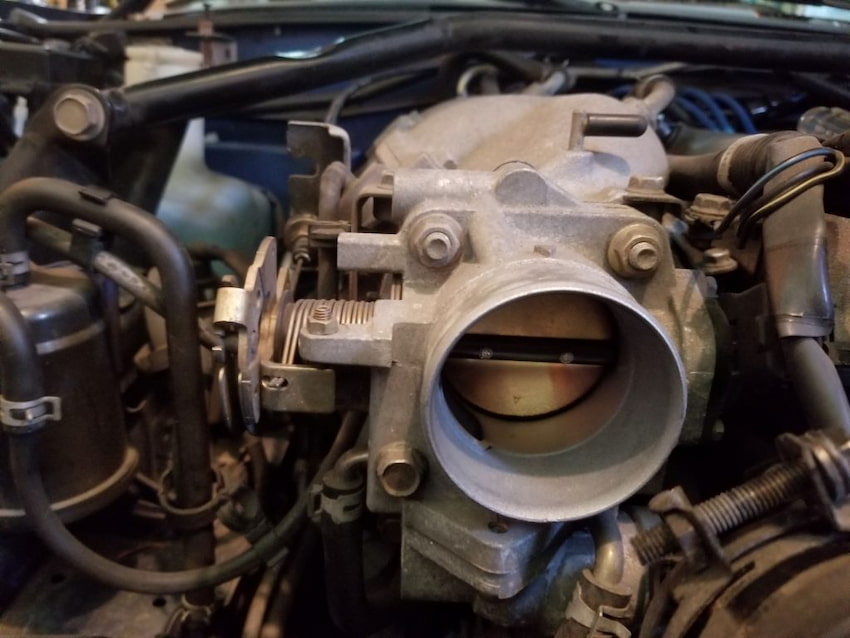
Throttle Controller Modes
Each controller can be customised with different modes in order to make different types of driving significantly more enjoyable. There are three main modes:
- Dynamic mode – this is almost always the most responsive mode, as it gives immediate throttle input in a wide range of motion. The biggest downside with this is you’ll have less control over your pedal as the input is not linear.
- Linear mode – it maps to either high or speed, depending on how far you push the pedal. It provides consistent throttle responses throughout the entirety of the turn radius, but at the expense of extra responsiveness at high speeds.
- Exponential mode – generally the least responsive of the three, as it provides a slow throttle input. This mode can cause significant problems if you’re trying to speed up quickly or you’re racing aggressively.
Controllers are a unique piece of technology, for certain. There are quite a lot of misconceptions about them, particularly about them being unsafe for cars, which is absolutely not the case. They are relatively easy to install, but you do have to find the right controller for the right car. Otherwise, it’s something that everyone should consider for their car, especially if driving off the beaten trail or towing heavy loads.




